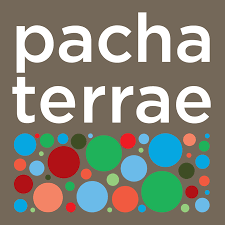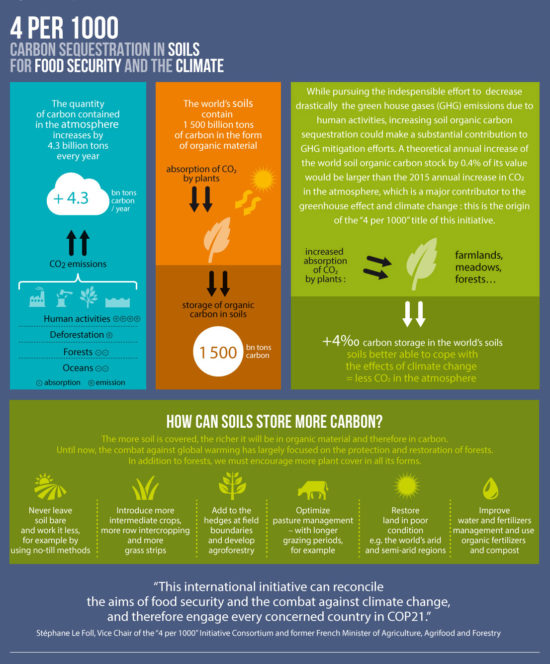May 26, 2019 – The terminology of climate change is being updated for the purposes of exactness states the editors of The Guardian in their latest style guide. The reason stated is to “better convey” what is being observed in the environment. Instead of “climate change,” the style guide recommends the use of the phrases “climate emergency,” “climate crisis,” or “climate breakdown.” And instead of “global warming” The Guardian is introducing the term “global heating.” The idea is to move away from terms that have the appearance of neutrality when scientific evidence clearly indicates an impending catastrophe for humanity. It is thought that others in the industry may pick up the change in The Guardian’s language.
But that’s just an aside from the main purpose of this posting which is to talk about the second largest carbon sink on our planet, soil.
When I was at Collision 2019 last week I met with Chantelle Dean of Pachaterrae, an Alberta, Canada-based company that maps organic carbon in soils while studying overall soil health. The company has developed a service it provides to landowners including farmers, ranchers, and even golf course operators. The company’s scientific protocols accurately measure soil carbon content. It has taken 14 years of research to develop the tools to measure soil carbon and provide clients with a way to turn healthy soils into a money maker.
Pachaterrae, today, is providing large-scale carbon measurement for landholders who now have a way to turn the benefits of regenerative land practices into tradeable units in cap-and-trade jurisdictions such as those established by California, Quebec, and a number of other U.S. states and countries around the world. Through regenerative agriculture, landholders can sequester between 3 and 7 tons of CO2 per hectare (1.21 to 2.83 tons per acre) annually. The potential capacity to sequester CO2 from farmland annually could prove invaluable in bending the carbon in the atmosphere curve downward while providing a new untapped income source.
Pachaterrae believes farmers can be on the frontline in fighting the climate crisis. Through best practices such as preventing soil erosion, phosphorus runoff, stimulating biodiversity, improving soil moisture and nutrient content, and other techniques, all referred to as regenerative farming, the carbon sequestering capacity of soil can be dramatically enhanced. Soil can hold three times more carbon than the atmosphere and optimizing its storage capacity is therefore extremely important to capture the CO2 from human industrial emissions.
Today, Pachaterrae is consulting with farmers and ranchers on best regenerative agricultural practices while accurately measuring carbon sequestration in their soils. Turning that into money is the next step.
At present, governments are behind the company in coming up with the numbers from sequestered CO2 in soil for carbon trading within existing cap-and-trade markets. Most have yet to implement policy because of a lack of data, and toolsets. Pachaterrae provides the missing information necessary to take the next step.
Much of the planet remains in its infancy when it comes to the science of soil carbon. It’s only in the last few decades that farmers have been adopting no-till practices on a wide scale but they have done this not to sequester CO2, but rather to retain soil organics, moisture and improve crop yields.
But now the science of “liquid carbon” pathways is helping botanists to us understand the way sugars created in photosynthesis get past into the soil through roots to feed a complex microbial ecosystem. Understanding its importance is unfolding a revolution in agricultural practices.
After the Paris Climate Agreement was signed in 2015, France adopted regenerative farming nationwide through an initiative known as “4 per 1,000,” a term that stands for targeted annual growth of 0.4% carbon in the first 30 to 40 centimeters (12 to 15 inches) of topsoil. By achieving this standard the world’s soils will not only reduce atmospheric CO2 but will also make farms more resilient in dealing with the climate emergency.
Pachaterrae is on to something and I hope the word spreads so that this Alberta company can become a world leader in helping humanity to use soil sequestration to combat global atmospheric heating.
















